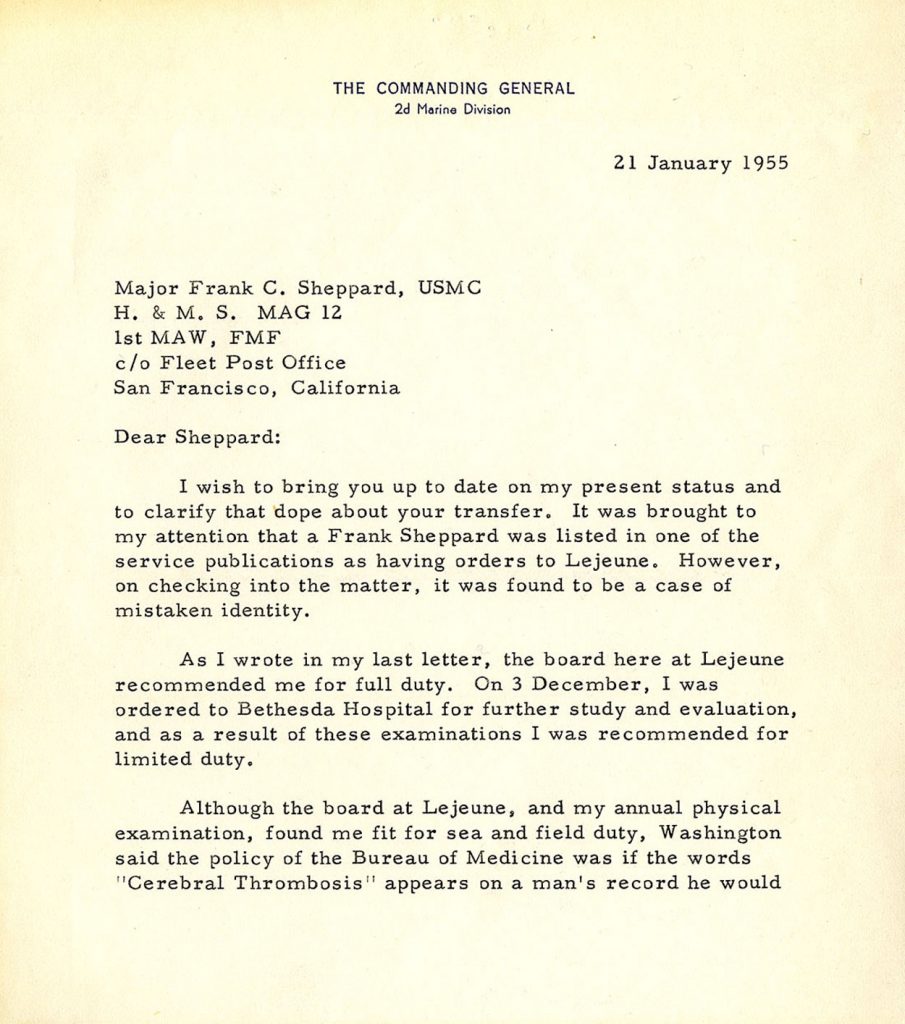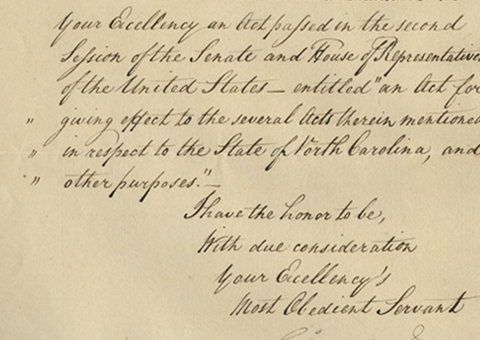The Marine’s Marine, Chesty Puller, Wonders How He Got His Nickname, and Mentions His Famous Service at Guadalcanal



He also makes it clear that he has no interest in retiring .
The names United States Marine Corps and Lieut. Gen. Lewis B. "Chesty" Puller are inextricably linked. Puller was the most decorated Marine in history, and the only Marine to be awarded five Navy Crosses. He led Marines in some of the bloodiest battles of World War II, including Guadalcanal and Peleliu, the...
The names United States Marine Corps and Lieut. Gen. Lewis B. "Chesty" Puller are inextricably linked. Puller was the most decorated Marine in history, and the only Marine to be awarded five Navy Crosses. He led Marines in some of the bloodiest battles of World War II, including Guadalcanal and Peleliu, the names of which forever speak of the Marines. In the Korean War, Puller was again assigned as commander of the 1st Marines, with which he made a landing at Inchon on September 15, 1950, earning his Silver Star. He was awarded the Distinguished Service Cross from the Army for action from November 29 to December 5 of that same year, and his fifth Navy Cross for action during December 5–10 at the Battle of Chosin Reservoir. It was during that battle when he made the famous quote, "We've been looking for the enemy for some time now. We've finally found him. We're surrounded. That simplifies things." His motto was “Lead by Example.” He was absolutely revered by his men, who were and are intensely proud of having served under him. Today, Chesty Puller remains a well known figure in Marine Corps folklore, with both true and exaggerated tales of his experiences being constantly recounted in the U.S. Marine Corps.
He was promoted to major general in September 1953, and in July 1954 assumed command of the 2nd Marine Division at Camp Lejeune, NC. He suffered a stroke from high blood pressure, but was not able to admit to himself or others that he had finally met a foe he could not conquer. After many medical examinations, Puller was declared fit for duty by his military doctors aboard the base. But his state of health remained a controversial subject and led to his forced retirement on November 1, 1955.
Some say Puller got his famous nickname because of his big, thrust-out chest; the myth was that the original had been shot away and the new chest was a steel plate. Others state that “chesty” was an old Marine expression meaning cocky. The following letter shows that Puller himself was not sure of how he came by it.
Typed Letter Signed, on The Commanding General, 2nd Marine Division letterhead, Camp LeJeune, North Carolina, 22 November 1954, to Maj. Frank C. Sheppard, one of his staff officers at Peleliu. “The medical board met on 1 November to consider my return to duty. I was found fit for full duty both at sea and in the field, and was so recommended to Washington. I received word last week from the Commandant that I would remain as Commanding General of the Second Division. If I had a thrombosis, cerebral hemorrhage, or hypertensive disease, it did not amount to much, for I was walking around the fourth day after the hospital. I understand that you have orders to Force Troops here at Camp Lejeune. I would certainly like to get you in the Second Division, but do not see how it would be possible due to the present policy at headquarters. At least you will be here on the base, and I look forward to seeing you again. Be sure to drop by after reporting in.” He adds in holograph, “I agree with you 100% I had done a little soldiering previous to Guadalcanal and had been called a lot of names, but why ‘Chesty’? Especially the steel part??” Letters of Puller are rare, this being the first we’ve had. That it deals with his nickname is extraordinary.

Frame, Display, Preserve
Each frame is custom constructed, using only proper museum archival materials. This includes:The finest frames, tailored to match the document you have chosen. These can period style, antiqued, gilded, wood, etc. Fabric mats, including silk and satin, as well as museum mat board with hand painted bevels. Attachment of the document to the matting to ensure its protection. This "hinging" is done according to archival standards. Protective "glass," or Tru Vue Optium Acrylic glazing, which is shatter resistant, 99% UV protective, and anti-reflective. You benefit from our decades of experience in designing and creating beautiful, compelling, and protective framed historical documents.
Learn more about our Framing Services









































































































